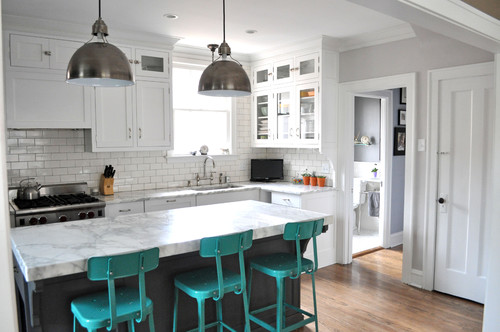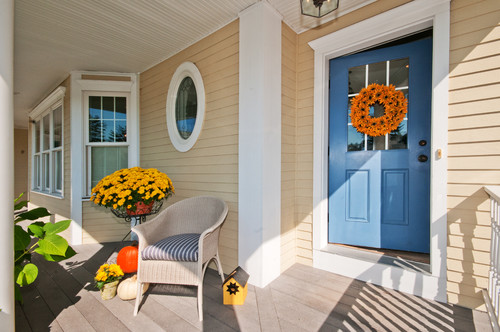Face it. Your home’s not perfect. You may keep up with general maintenance, and perhaps you’re meticulously clean. But how old is your kitchen? Do your paint colors reflect current trends? Could your living room use some updating?
When it comes to selling your home today, it’s got to be perfect, or buyers will simply move on to the next option. Doing some renovations, whether that means overhauling areas that are long overdue for a facelift or making some simple changes that freshen up the place, is typical. But if you’re thinking they can wait until you’re ready to list your home, these 6 reasons may make you rethink that plan.
1. You get to enjoy the new stuff
“A worthy update can either serve to reduce your cost of living while you remain in the home or add significant value to the home’s sale price when you decide to put it on the market,” said Scott McGillivray, a real estate investor and host of the HGTV show Income Property to US News.
But if you’re going to spend some cash on updating and renovating your place, you should at least be able to get some enjoyment out of the updates before turning the house over to someone else, right? If you’ve been waiting for 10 years for new appliances, it would be a shame to not have the opportunity to at least cook a few meals and throw a dinner party or two.

Pinterest2. They always take longer than expected
It’s a fact of renovation. If your timeline is six weeks, it’ll take 12. At least. Giving yourself plenty of time before you’re ready to list your home will help you avoid a stressful scramble at the end when you’re trying to get it on the market.
3. There may be issues you’re unaware of
Your Realtor will point out areas that need to be addressed and recommend changes to make your home more saleable. But, getting your home ready to sell might be harder than you expect if problems like mold or termites are uncovered. Getting a jump on any big issues or anything that goes beyond the cosmetic will give you the time you need to fix the problems and hold onto your sanity.
4. They don’t have to be huge
No one said you have to take your home down to the studs. Sometimes, a light touch is all that is needed. “Start by thinking small,” said Realtor.com. “Minor cosmetic upgrades go a long way in getting more buyers through the door for a quicker sale – and time on market is key to determining what you’ll net at closing.”

Pinterest5. You’re going to need them
You may not love the idea of having to do anything to – or spend any money on – your home, especially if you already have your eyes on a new one. But, most every home needs a little upgrading, updating, or, at least staging. You don’t want to have the one place in the neighborhood that won’t sell because potential homebuyers see a project house, without the project price.
6. You’ll get a return on your investment…if you renovate smart
Speaking of price…updated homes typically sell faster and for more money, if the updates have been done well and they’re the ones buyers are looking for. If you’re not sure which renovations to consider, take your cues from the Cost vs. Value Report, which tracks the “average cost for 29 popular remodeling projects with the value those projects retain at resale in 99 U.S. markets.” It’s a great way to look at national trends but also break down what’s trending in individual areas. “How much work you’ll need depends on your home’s value, your market, and the comps in your neighborhood,” said Realtor.com.
US News also has a great list of “popular updates that are worth the money,” including adding a backsplash in the kitchen and updating bathroom vanities.
WRITTEN BY JAYMI NACIRI

 3. You want someone you’ll feel comfortable having around your family and in your home. Hire only personnel who are bonded and insured.
3. You want someone you’ll feel comfortable having around your family and in your home. Hire only personnel who are bonded and insured.


 Stay Proactive About Safety
Stay Proactive About Safety
















